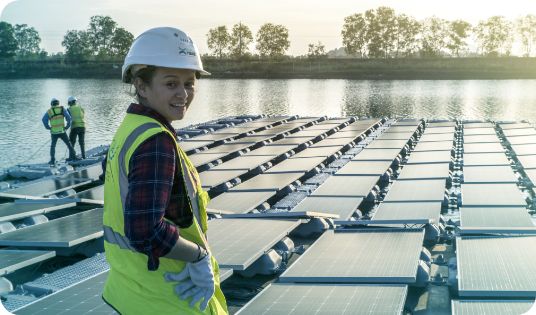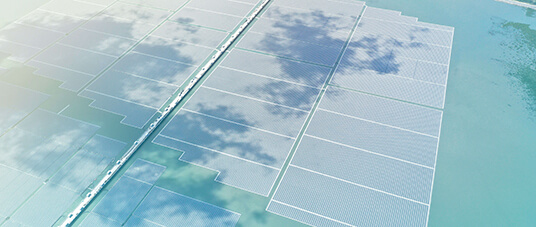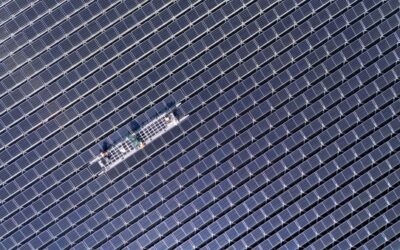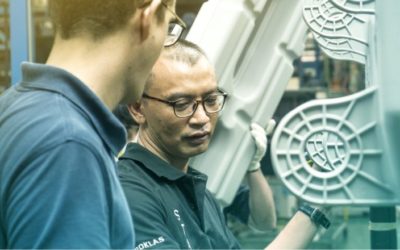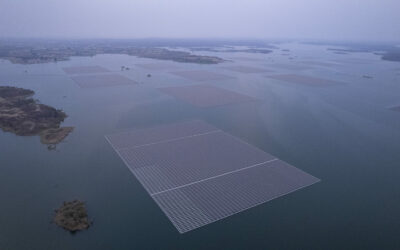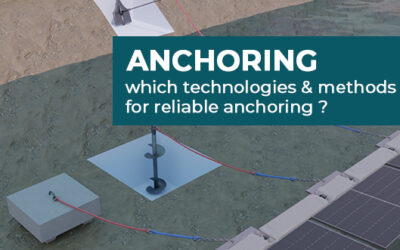About Salzwedel’s floating solar project
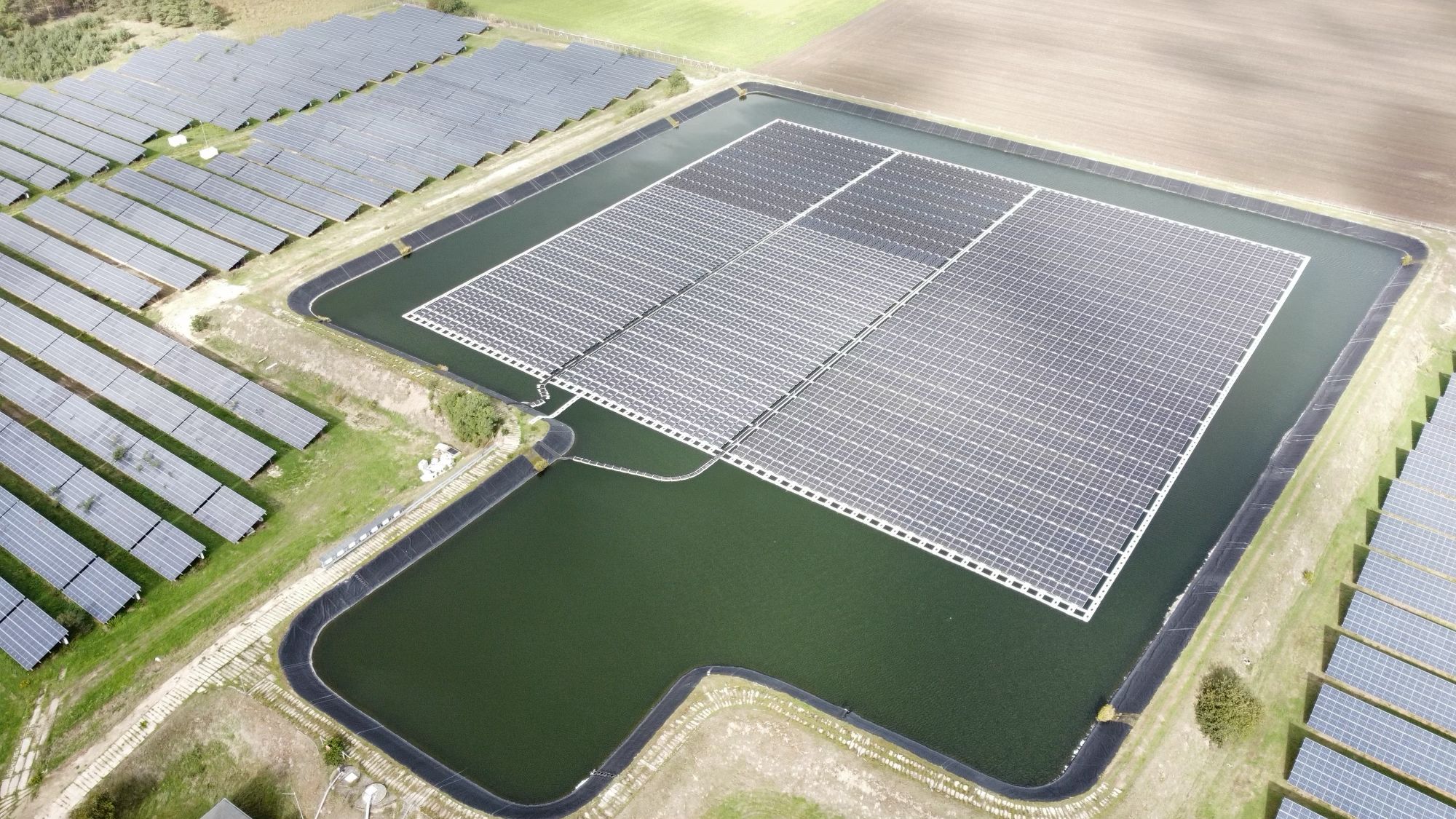
In 2020, together, Solar WO Engineering and Ciel & Terre achieved the first part of Salzwedel, a floating solar project based in Germany. At that time, the capacity of the project was about 729kWp which corresponded to 190 household consumption in average. Originally, the FPV project covered 28% of the total surface of the lake. With the extension, it reaches 38% coverage ratio.
Floating solar is extremely modular. Indeed, depending on the remaining space, we can easily add new islands to an existing project. “Even if we already know the site and the product, an extension still needs to be considered as a new project and requires technical support” explained Toms, Ciel & Terre EMEA Technical Support. “So obviously, we need to re-integrate the site datas and characteristics, and re-consider the site conditions. As for any floating PV project, these elements are the key drivers that we should analyze and integrate into our layout”.
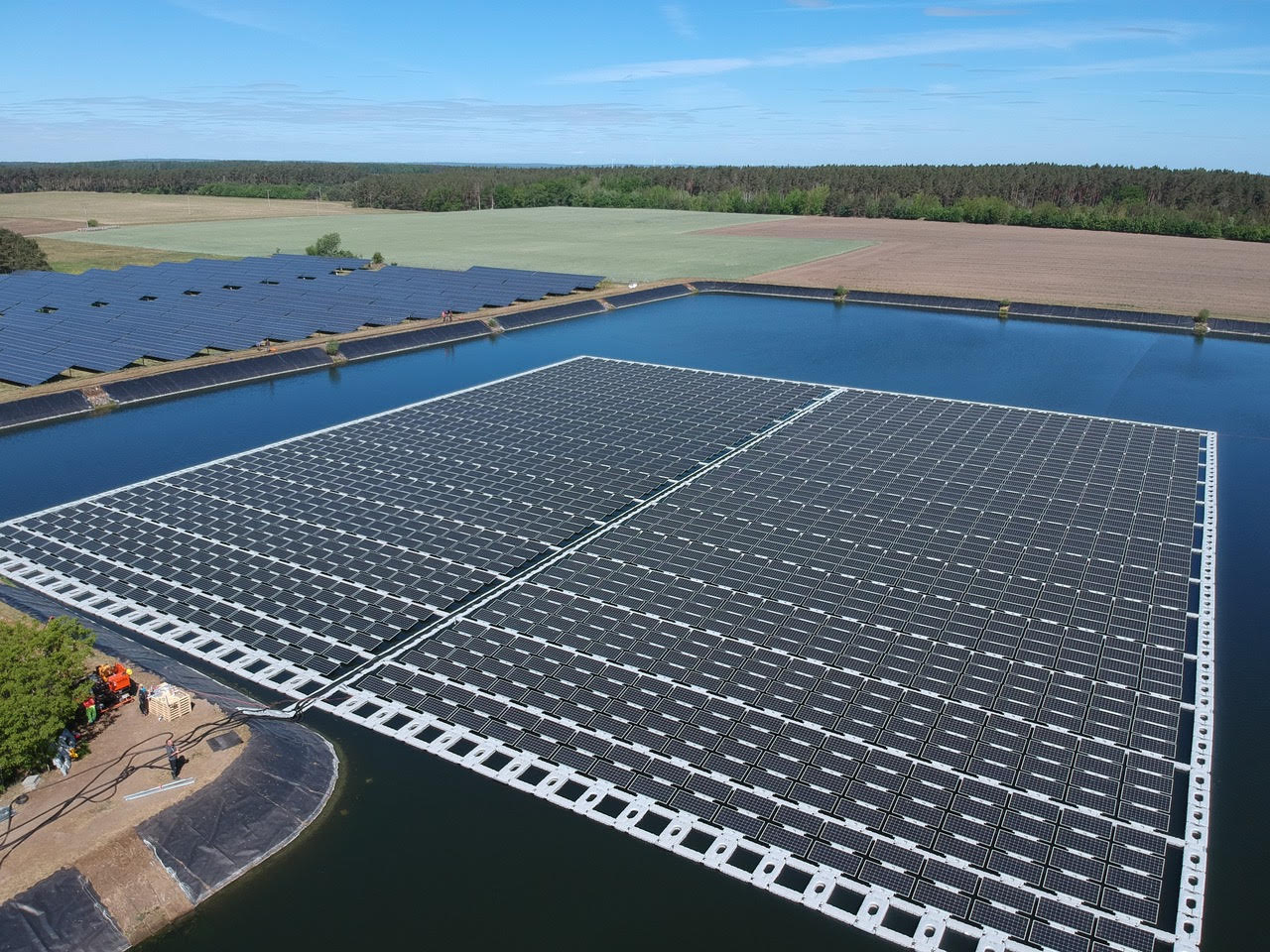
image: Salzwedel FPV plant before the extension, 2020
Floating solar extension, how we customized the design?
The first and major difference between 2020 and 2022 was the PV panel’s size. Indeed, the PV panels used in 2020 were smaller than the ones installed in 2022. At Ciel & Terre we believe in the continuous improvement of our products. That’s why, when solar panel sizes increased, we also modified our product to meet the future demands of our customers.
The extension of the Salzwedel project was therefore concerned by these new sizes of photovoltaic panels and we thus had the right product for this need. However, when we looked at the overall project, we realized that this size difference prevented us from extending the project to the front and back of the existing plant. One option would have meant not respecting Ciel & Terre’s design rules nor reaching the expected capacity…
So, we had to think out of the box!
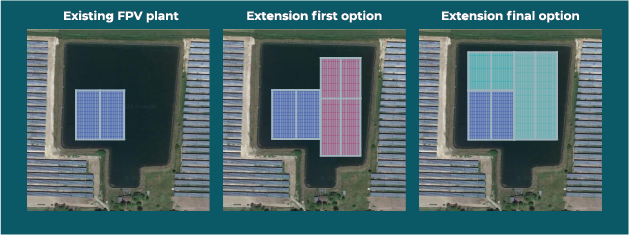
Indeed, Ciel & Terre’s engineers proposed a new design, using a few smaller modules to be installed on the back of the existing island and so compatible with the existing island. And also, to install bigger modules on the side area. Adding the smaller modules to the back area actually helped to reach the production capacity while ensuring a reliable design shape to ensure FPV plant longevity.
“Floating PV is a fast-evolving market which requires to think out of the box to find the most suitable and quick solutions to our client need!”
Toms, Ciel & Terre EMEA Technical Sales.
A cost-saving anchoring design
Moreover, one of the main advantages of this new design was the re-use of the existing mooring lines. Indeed, by installing smaller PV panels at the back of the plant, the work of the construction team was easier as the lines already existed and the anchoring points too. They had to shorter the existing mooring lines length and add some new as to secure the new island.
Also, we have been able to reuse part of the existing mooring lines and use the existing furniture for the new lines. By doing so, we managed to reduce the cost of the system and also the construction cost.
Read more articles about our FPV plant or our solutions :
By Chloe, Marketing
